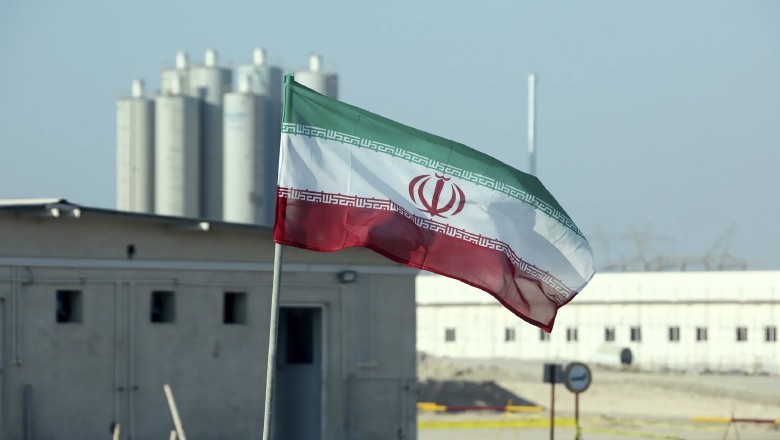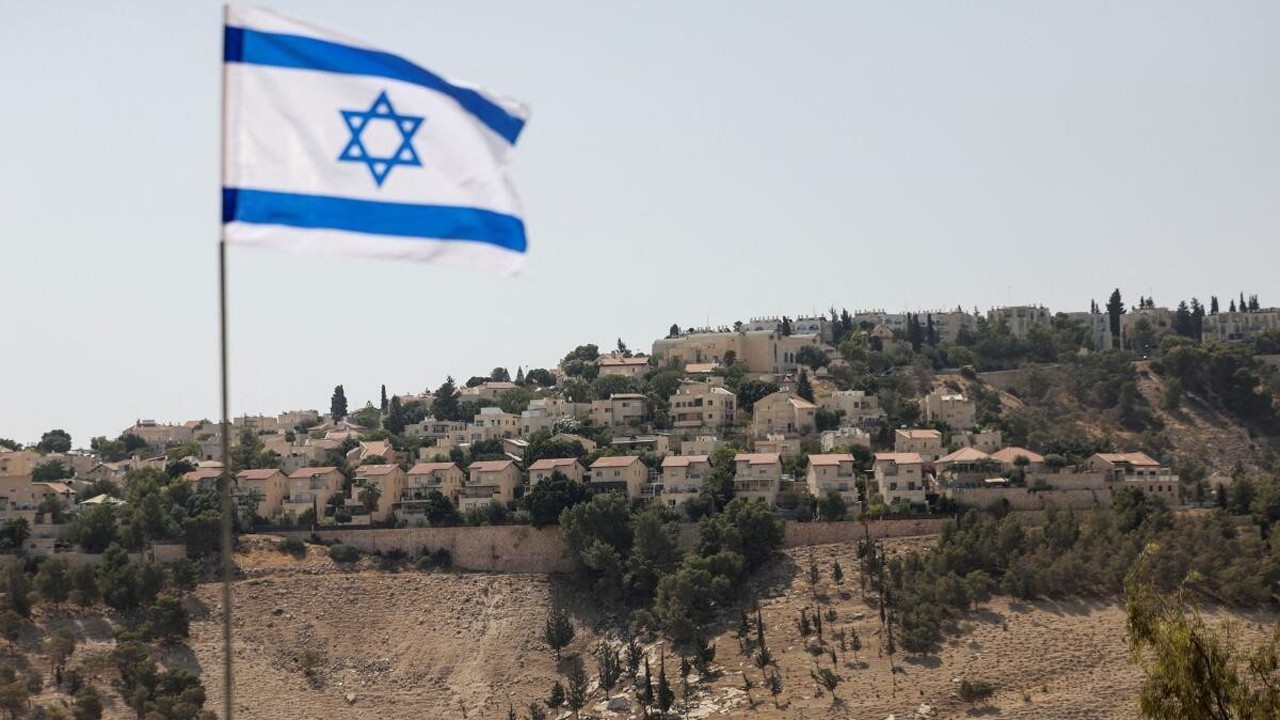Where is Iran’s uranium? Questions linger after US strikes

Web Desk
|
24 Jun 2025
Despite President Donald Trump’s declaration that US airstrikes have “obliterated” Iran’s nuclear capabilities, international experts and officials are warning that it remains too early to assess the full extent of the damage to Tehran’s nuclear program.
The US strikes, conducted by B-2 stealth bombers on Sunday, targeted three key Iranian nuclear sites — the Isfahan facility and the major enrichment plants at Fordow and Natanz.
While initial reports indicate “very significant damage”, particularly at Fordow, serious concerns persist over Iran’s sensitive stockpile of uranium enriched to 60%, which remains unaccounted for.
IAEA raises alarm over missing stockpile
The International Atomic Energy Agency (IAEA) estimates that Iran had roughly 408.6 kilograms of 60% enriched uranium, a quantity that, if further enriched, could theoretically produce more than nine nuclear weapons.
Inspectors last verified the stockpile on June 10, prior to the Israeli offensive and subsequent US strikes.
On Monday, IAEA Director General Rafael Grossi demanded renewed access to Iran’s nuclear sites, stressing the need to “account for” the material. “The agency must be able to verify the fate of this stockpile,” Grossi said.
As tensions escalated, Iran had already begun implementing protective measures. On June 13, Iranian Foreign Minister Abbas Araghchi notified the IAEA of “special measures to protect nuclear equipment and material.” Around the same time, satellite images showed unusual vehicle activity near Fordow’s entrance.
On Monday, Israel confirmed it carried out strikes aimed at blocking access routes to Fordow, with Prime Minister Benjamin Netanyahu citing “interesting intelligence” without providing details.
Difficult to track, easy to move
Nuclear experts caution that even if Iran’s enrichment sites were damaged, tracking down the stockpile could prove extremely difficult.
“It will be difficult if not impossible to track down all of Iran’s 60 percent enriched uranium, stored in small canisters that are easily transportable by car,” said Kelsey Davenport of the Arms Control Association.
She added that while Iran’s ability to further enrich uranium may have been curtailed, the risk of weaponisation remains, especially with heightened political motivation.
Before the strikes, Iran reportedly operated around 22,000 centrifuges, the machines used for uranium enrichment. While many were likely damaged, particularly at Natanz and Fordow, it remains unclear how many survived or are stored in undisclosed locations. According to Grossi, Fordow’s centrifuges were particularly vulnerable due to their sensitivity to vibration and blast impacts.
US Vice President JD Vance told ABC News that Iran “no longer has the capacity to turn that stockpile of highly enriched uranium to weapons-grade uranium,” claiming that dismantling this pathway was “really the goal” of the strikes.
He added that the administration would address the issue of the stockpile “in the coming weeks.”












Comments
0 comment